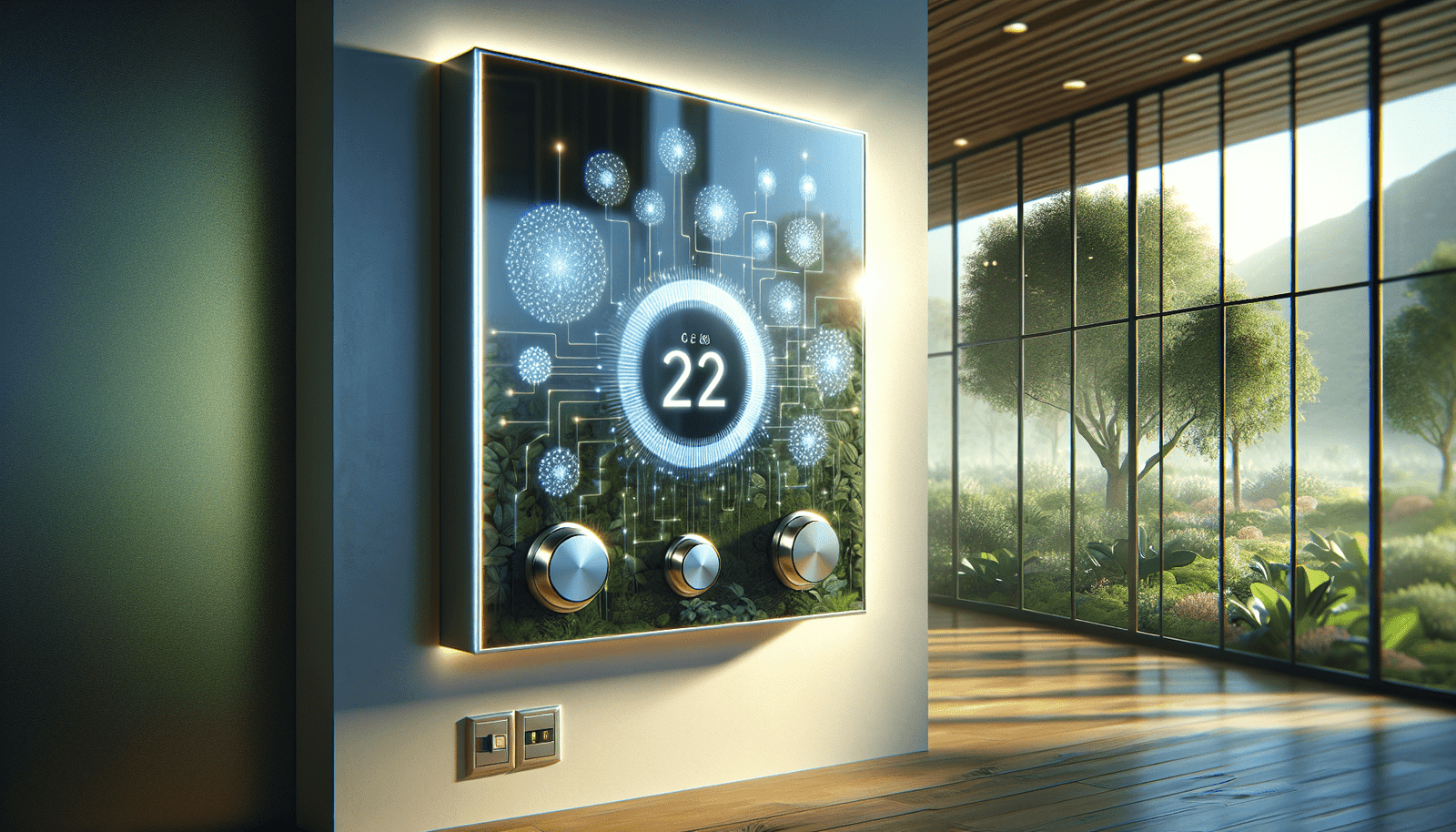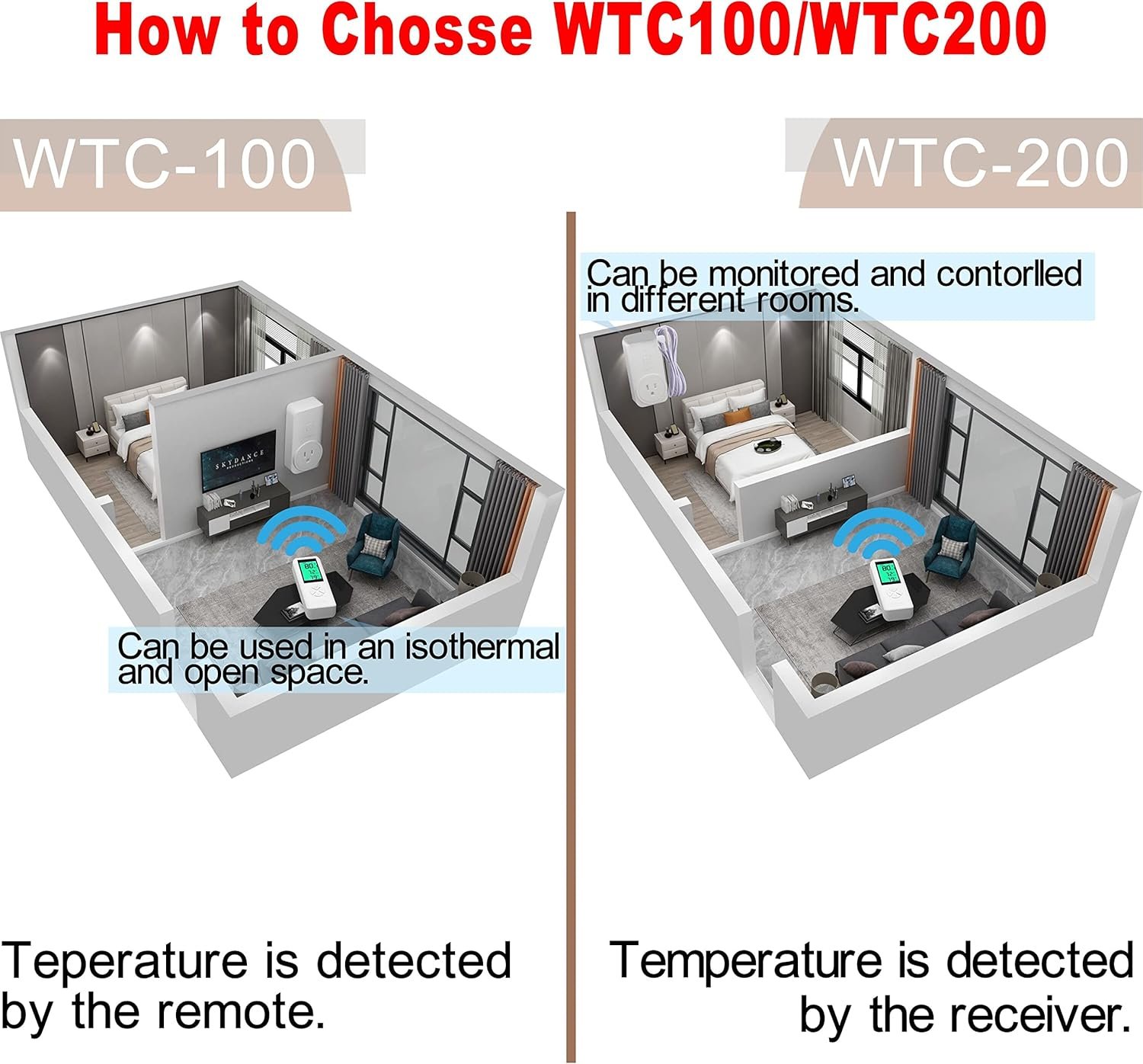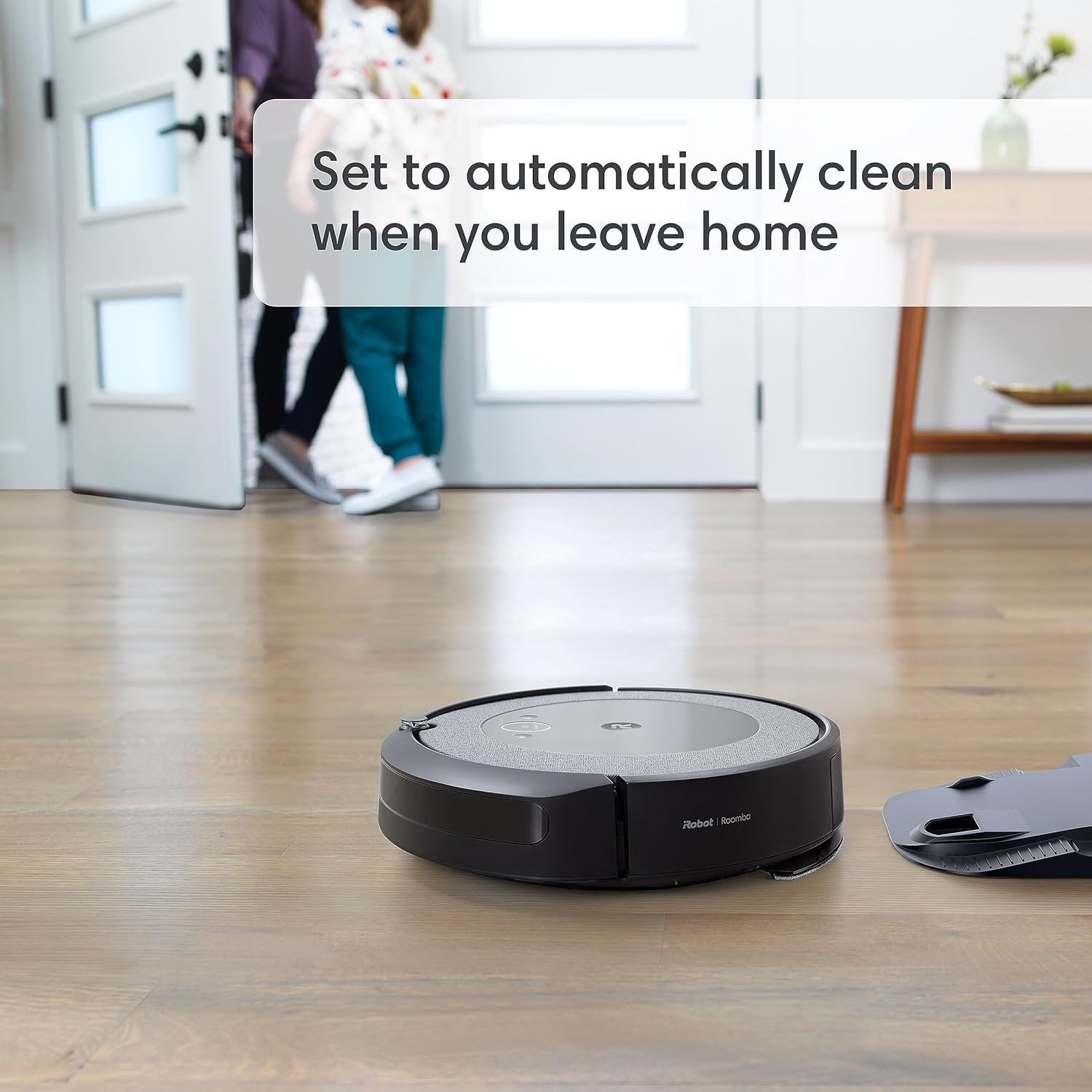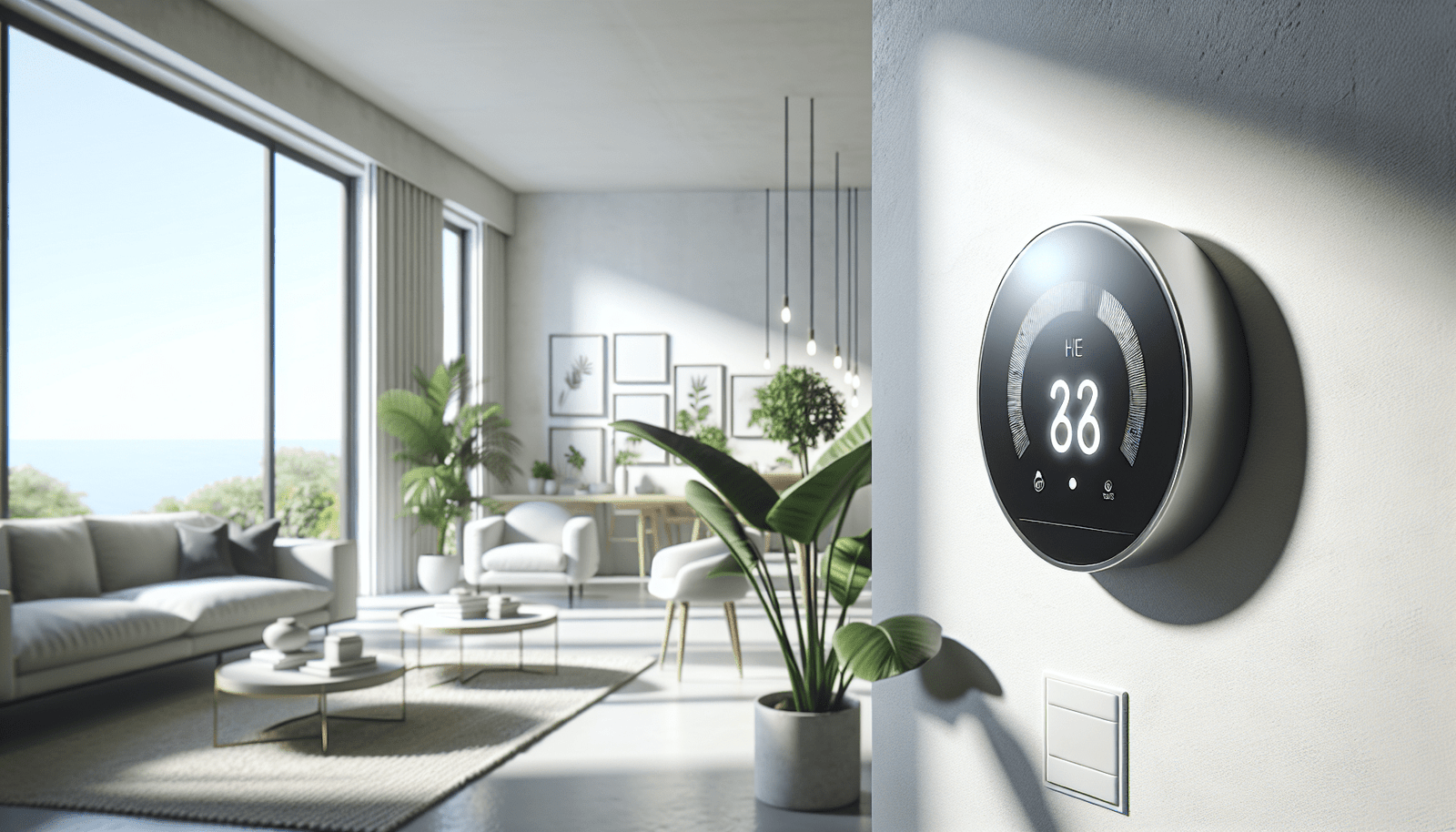Have you ever wondered how much energy you could save by updating your home with smart technology? In today’s rapidly evolving world, integrating smart home devices into your living space is not just a trendy upgrade but an opportunity to enhance comfort, convenience, and energy efficiency. Whether you’re a homeowner, a renter, or simply curious about the potential of smart home technology, there’s something to learn and gain from these intelligent devices.
Definition and Overview of Smart Home Technology
Smart home technology refers to a collection of devices and systems that use internet connectivity to function interactively and autonomously within your household. These devices range from smart thermostats and lighting systems to security cameras and voice-activated assistants, each playing a unique role in creating a connected and efficient living environment. By incorporating automation and remote access, smart home devices aim to make everyday living more convenient and energy-efficient.
Understanding Smart Home Devices
Before you begin transforming your home, it’s important to familiarize yourself with the various types of smart home devices available. Each device offers specific functionalities and contributes to the overall efficiency and security of your space.
- Smart Thermostats: These regulate your home’s temperature based on your schedule and preferences, learning over time to optimize settings for maximum energy savings.
- Smart Lighting: Offering automation and remote operation, smart lights can be scheduled or controlled from a distance, helping reduce unnecessary electricity use.
- Smart Security Systems: Including cameras and motion detectors, these ensure safety and can be monitored remotely on your smartphone or tablet.
- Voice Assistants: Devices like Amazon Alexa or Google Assistant allow you to control various smart home devices through simple voice commands.
- Smart Appliances: From refrigerators to washing machines, smart appliances are designed for efficiency, providing notifications and monitoring usage to help save on energy.
Cost and Value Considerations
Investing in smart home technology involves upfront costs but promises potential for long-term savings. It’s crucial to evaluate both the initial expenses and the benefits to determine if it fits within your budget.
Installation Costs
Installation costs for smart devices vary depending on the complexity and number of devices you choose. Some gadgets are plug-and-play, requiring no professional installation, while others, like smart thermostats, may require expert assistance.
- Smart Thermostats: Average installation cost ranges from $100 to $250, particularly if professional help is required.
- Smart Lighting: These can be installed yourself but cost an average of $10 to $40 per bulb, with additional costs for hubs or bridges, needed for some systems.
Long-Term Savings
Smart devices are marketed for their ability to cut down on energy bills. Here’s how they accomplish this:
- Energy Consumption: By automating and optimizing device use, smart home technology can significantly reduce energy consumption.
- Utility Rebates: Some utility companies offer rebates for installing smart devices, reducing overall costs.
- Enhanced Home Value: Properties equipped with smart technology may see an increase in market value, making them appealing for resale or renting.

Comparisons and Examples of Smart Home Solutions
When choosing smart home devices, it’s important to compare options to find the best match for your needs and lifestyle. Let’s explore a few popular examples and real-world applications.
Smart Thermostat Options
- Nest Learning Thermostat: Features learning abilities and integrates with a variety of smart home systems.
- ecobee SmartThermostat: Includes a smart sensor to optimize temperatures in less occupied areas.
Smart Lighting Solutions
- Philips Hue: Offers extensive customization and compatibility with various platforms.
- LIFX: Provides bright, colorful lighting with a robust app for easy remote control.
Case Studies
Consider Jane, who installed smart thermostats and smart lighting in her home. Within a year, she noticed a 20% drop in her energy bills, attributing savings to automation settings and the optimized operation of these devices.
Practical Setup Guides
Embarking on setting up smart home devices might initially feel daunting, but understanding the setup process can ease your path toward a smarter home.
Installing a Smart Thermostat
- Turn off Power: Ensure safety by shutting off the power to your HVAC system.
- Remove Old Thermostat: Carefully detach the old thermostat, noting wire configurations.
- Connect Wires to Smart Thermostat: Follow instructions to attach existing wires to the new thermostat’s terminals.
- Attach to Wall Plate and Power On: Secure the device to the wall, restore power, and configure it according to your Wi-Fi and personal preferences.
Setting Up Smart Lighting
- Replace Bulbs: Swap out traditional bulbs with smart bulbs.
- Download Relevant App: Use the manufacturer’s app to connect your bulbs to your Wi-Fi.
- Customize Settings: Create automation schedules and choose color settings as desired.
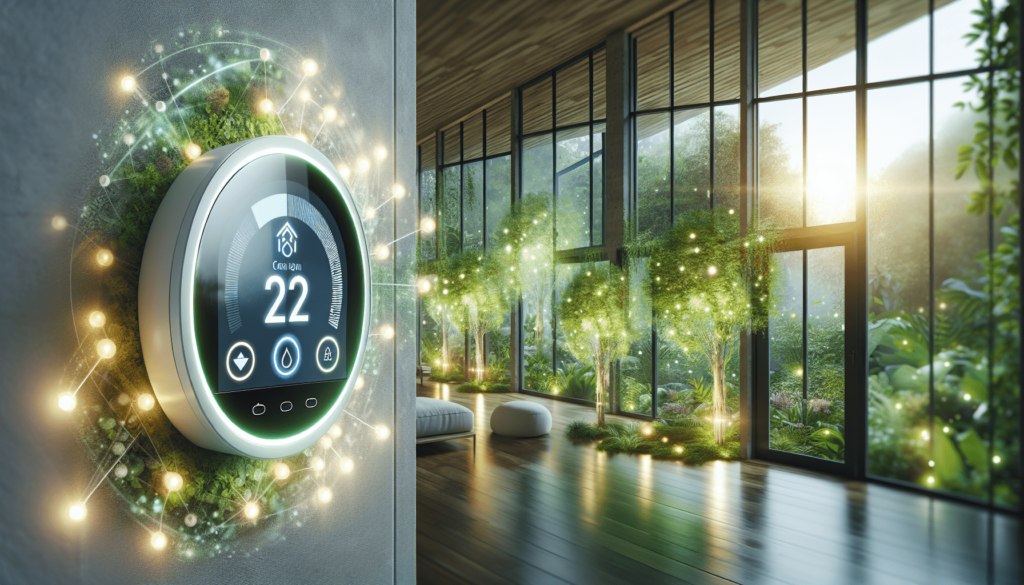
Security and Privacy Factors
While smart home devices offer countless benefits, it’s essential to be mindful of security and privacy concerns. Understanding potential risks can help you safeguard your smart ecosystem.
Potential Risks
- Data Breaches: Devices collect data that could be vulnerable to hacking if not properly secured.
- Network Vulnerabilities: A compromised network can lead to unauthorized control over connected devices.
Safety Features and Best Practices
- Secure Your Network: Use strong passwords and update them regularly.
- Enable Two-Factor Authentication: This adds an extra layer of security to your accounts.
- Keep Devices Updated: Regularly update software and firmware to protect against vulnerabilities.
Energy Efficiency and Sustainability
One of the most significant advantages of integrating smart home devices is their contribution to energy efficiency and sustainability. Here’s how they make a difference.
Reducing Energy Consumption
Smart devices enable real-time monitoring and automation, allowing you to control energy use more effectively. For example, a smart thermostat learns your preferences, adjusting temperatures when you’re away to save energy.
Sustainable Living
Smart technology can support sustainable practices by encouraging conscious usage patterns and reducing waste. Smart lights, for instance, can be programmed to turn off when not needed, conserving energy.
Compatibility and Connectivity
The efficiency of your smart home depends on seamless integration and communication between devices. Here’s what to consider regarding compatibility and connectivity.
Device Interactions
- Central Hubs: Devices like SmartThings or Wink serve as central control points, connecting various smart gadgets across different brands.
- Voice Assistant Compatibility: Ensuring devices are compatible with voice assistants like Alexa or Google Assistant enhances user experience and ease of control.
Connectivity Considerations
- Network Requirements: A stable Wi-Fi connection is critical for smart device functionality.
- Platform Support: Before purchasing, check if the devices support platforms or ecosystems you’re already using, such as Apple HomeKit.
Future-Proofing and Innovation
The smart home industry continues to evolve, with new advancements emerging regularly. Staying informed on trends can ensure your technology investment remains relevant and useful.
Emerging Trends
- Artificial Intelligence Integration: AI-driven smart devices predict user behavior and optimize operations accordingly.
- Enhanced Connectivity: Continued development in platforms promises even more seamless interaction between devices.
Planning for Future Needs
When planning updates to your home, consider the potential for expansion and new device integration. Choose flexible systems that support a wide range of products to prevent obsolescence.
With these insights into how smart home devices work and the benefits they offer, you’re better equipped to make informed decisions. Whether you’re aiming to save on energy bills, enhance home security, or simply enjoy the convenience of a connected lifestyle, smart technology can play an instrumental role. Now, the question is: What step will you take to begin or enhance your smart home journey? The possibilities are vast, and investing wisely in smart home technology could transform not just your home, but also your way of living for the better.
